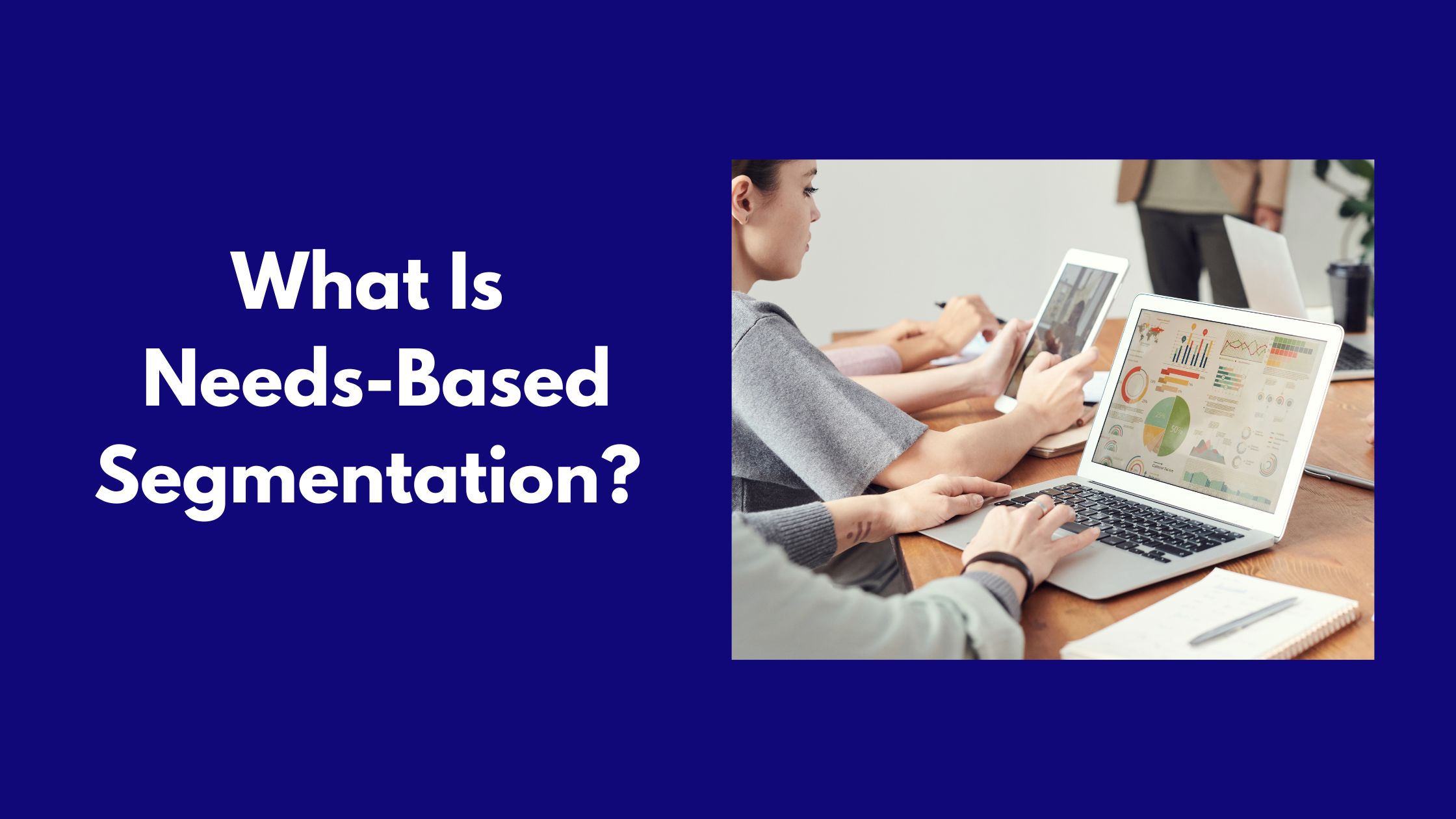4 Customer Lifetime Value Mistakes in eCommerce You Should Avoid
It's no secret that eCommerce is a competitive field. To stay ahead of the curve, you need to make sure you're not making any mistakes that could cost you big in the long run.
One of the most important things to focus on in eCommerce is your customer lifetime value (CLV). This metric represents the total worth of a customer to your business, taking into account things like purchase history, frequency of purchases, and potential for referrals.
Believe it or not, there are a lot of ways to make mistakes when it comes to calculating and managing your CLV. In this post, we'll discuss those mistakes as well as the best tactics for improving CLV.
Customer Lifetime Value Mistakes to Avoid
Here are four of the most common mistakes eCommerce businesses make:
1. Not Segmenting Your Customers
One of the biggest mistakes you can make is not segmenting your customers based on their lifetime value. This means that you're not considering the different types of customers you have and how they contribute to your bottom line.
For example, some customers may make a lot of small purchases, while others may make fewer but larger purchases. Some customers may be more likely to refer new business your way, while others may never make a referral.
By segmenting your customers, you can better understand which ones are more valuable to your business and ensure you're making the most of their potential.
2. Not Projecting Future Value
When calculating CLV, it's essential to consider not only a customer's past behavior but also their potential future value. This means considering aspects like the likelihood of them making repeat purchases, referring new business, or becoming a brand ambassadors.
To do this, you'll use past data, market trends, and other external factors to predict a customer's future value. This can be tricky, but it's essential to make sure you're getting the most out of your CLV calculation.
3. Setting Unrealistic Discounts
When you're trying to increase your CLV, it can be tempting to offer customers deep discounts in an effort to encourage them to buy more. However, this can actually backfire and end up costing you more money in the long run.
This is because when you offer steep discounts, you train your customers to expect those same discounts in the future. This can erode your margins and make it difficult to turn a profit. Not to mention, it can also damage your brand's perceived value.
4. Not Acting on Your Data
Finally, one of the biggest mistakes you can make is not acting on your CLV data. This data is useless if you're not using it to improve your marketing and sales strategies. Your CLV should inform everything from the products you sell to the prices you charge.
Best Tactics to Improve CLV
With that said, it only begs the question: what are the best tactics for improving CLV? Here are a few ideas:
-
Increase Customer Retention Through a Loyalty Program
One of the best ways to improve your CLV is to focus on customer retention. This means keeping your existing customers happy and engaged, so they keep doing business with you. Today, more than 90% of companies have some loyalty program in place, and 66% of customers say that earning rewards influences their purchase decisions.
Loyalty programs are a great way to keep customers coming back for more. You can offer exclusive discounts, early access to new products, gift cards, and VIP customer service. All of these things will help increase customer satisfaction and loyalty.
-
Invest in Customer Relationship Management
Another great way to improve your CLV is to invest in a customer relationship management (CRM) system. This software helps you track and manage your customer data, which can be extremely valuable for understanding your CLV.
With a CRM system, you can track customer purchase history, contact information, and interactions with your brand. This data can help you identify your most valuable customers and understand their needs and wants. That way, you'll be able to act accordingly and give them what they're looking for, increasing your CLV in return.
-
Improve Your Customer Service
Another important way to improve your CLV is to focus on customer service. This means making sure your customers have a positive experience every time they interact with your brand. To do that, think of creative ways to go above and beyond their expectations.
For example, you can offer 24/7 customer support, same-day shipping, or personalized recommendations. You can also send customers thank-you notes or handwritten cards to show them how much you appreciate their business. Small gestures like this can significantly impact customer satisfaction and loyalty.
-
Upsell and Cross-Sell
Finally, another great way to increase your CLV is to focus on upselling and cross-selling. This means convincing your customers to buy more expensive items or add-on products that complement their purchases.
For example, let's say you own a clothing store. When a customer buys a shirt, you can try to upsell them by convincing them to buy a pair of pants as well. Or, you could cross-sell them by convincing them to buy a belt or scarf to go along with their purchase.
By upselling and cross-selling your customers, you can boost your average order value and increase your CLV. That's because the chances of you selling to an existing customer is~70% compared to ~20% for a new customer, so it's definitely worth your while!
The takeaway
If there's one metric you should be tracking in your eCommerce business, it's customer lifetime value. This metric can give you a ton of insights into your customers and help you make more informed decisions about your marketing and sales strategies.
Of course, calculating CLV is only half the battle. You also need to focus on ways to improve it. Some of the best ways to do that include increasing customer retention, investing in customer relationship management, and improving your customer service.
If you need help calculating or improving your CLV, the ConvertedIn team can help. Our platform is all about helping eCommerce businesses leverage data to improve their sales and marketing strategies. Contact us today to learn more!


